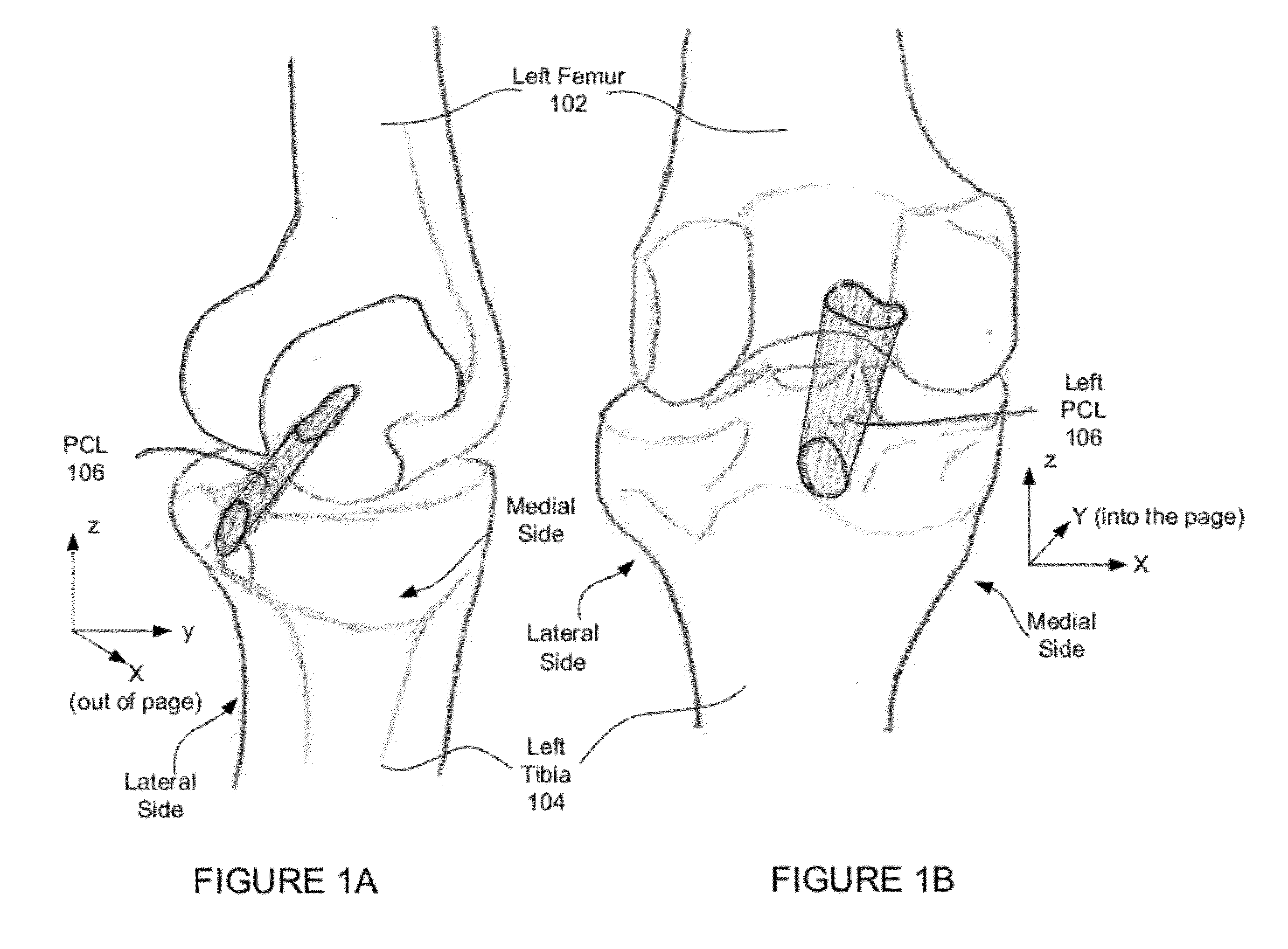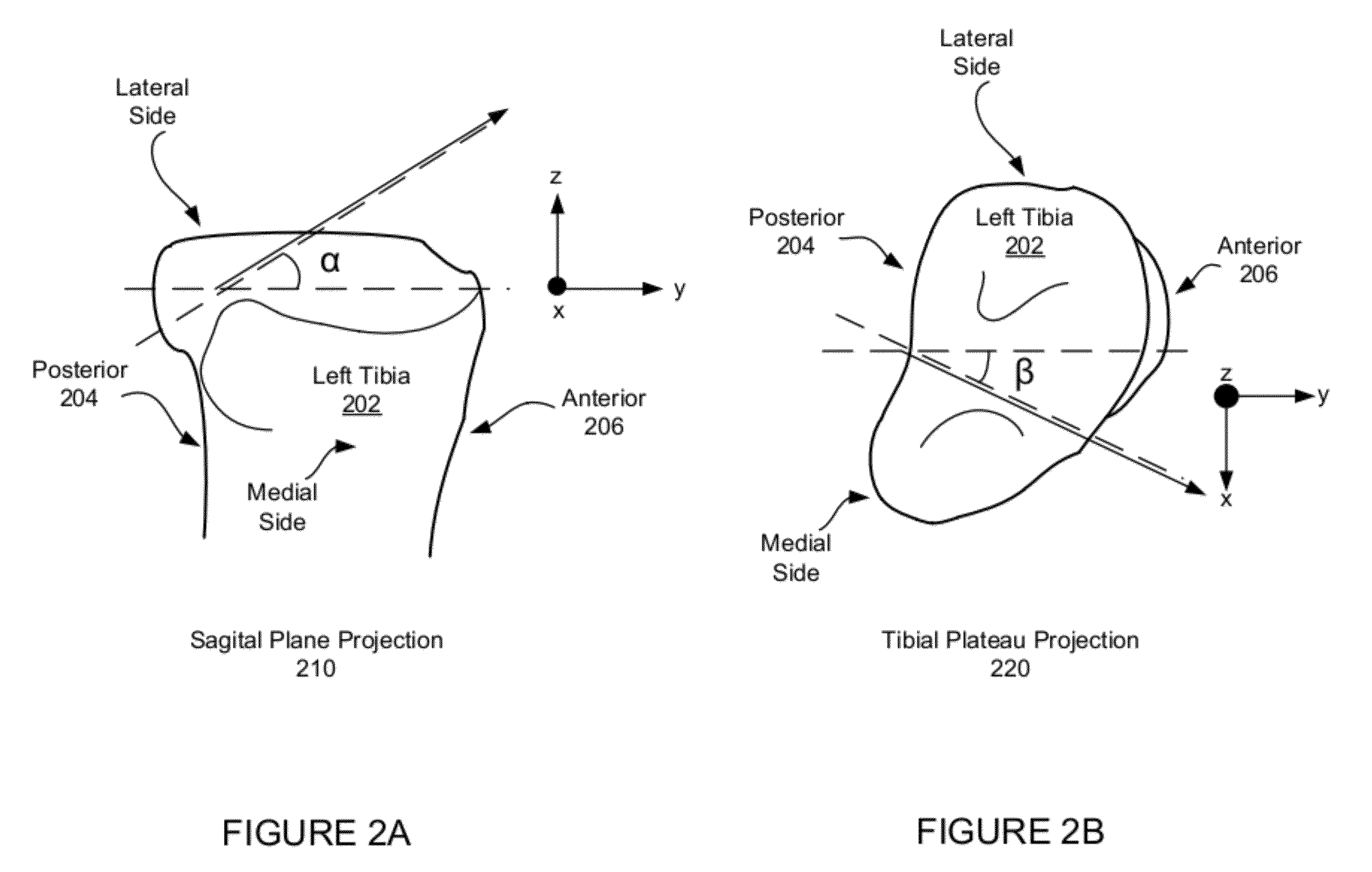Posterior Cruciate Ligament Support Brace
- Summary
- Abstract
- Description
- Claims
- Application Information
AI Technical Summary
Benefits of technology
Problems solved by technology
Method used
Image
Examples
Embodiment Construction
[0029]In general, aspects disclosed herein improve upon prior post-PCL-injury knee braces by using a dynamic rather than static force to resist knee flexion. This dynamic force creates better knee stability through the full range of knee flexion since the dynamic force better replicates the forces of a healthy PCL. This way, before or after surgery, the knee can feel stable without a healthy PCL, the user can avoid further damage to surrounding structures, and the brace improves recovery time, outcomes, and patient satisfaction.
[0030]FIG. 12 illustrates one embodiment of a knee brace 1200 configured for application to a leg 1100 such as that illustrated in FIG. 11. The knee brace 1200 includes a first portion 1202, a second portion 1204, and a coupling element 1206. In the following description the first portion is referred to as the thigh portion and the second portion is referred to as the shank portion. The thigh portion 1202 is configured to engage with, couple to or wrap around...
PUM
 Login to View More
Login to View More Abstract
Description
Claims
Application Information
 Login to View More
Login to View More - R&D
- Intellectual Property
- Life Sciences
- Materials
- Tech Scout
- Unparalleled Data Quality
- Higher Quality Content
- 60% Fewer Hallucinations
Browse by: Latest US Patents, China's latest patents, Technical Efficacy Thesaurus, Application Domain, Technology Topic, Popular Technical Reports.
© 2025 PatSnap. All rights reserved.Legal|Privacy policy|Modern Slavery Act Transparency Statement|Sitemap|About US| Contact US: help@patsnap.com



